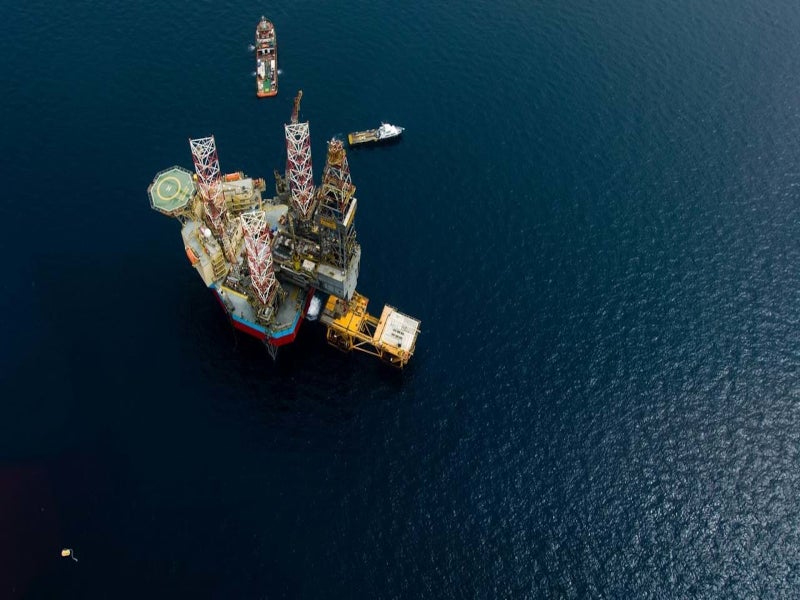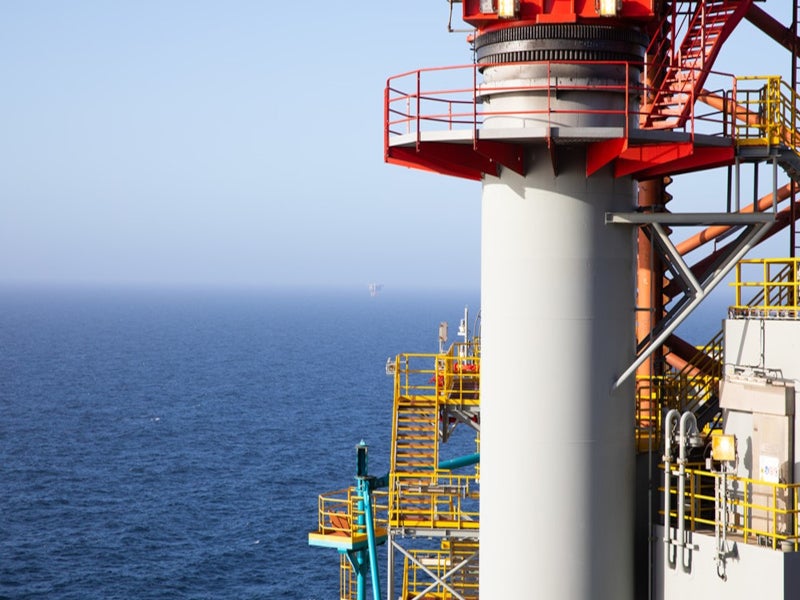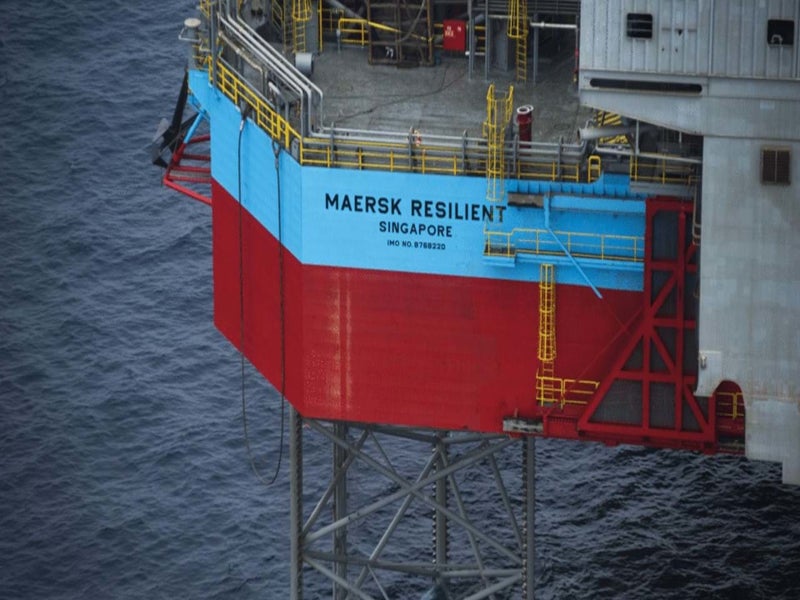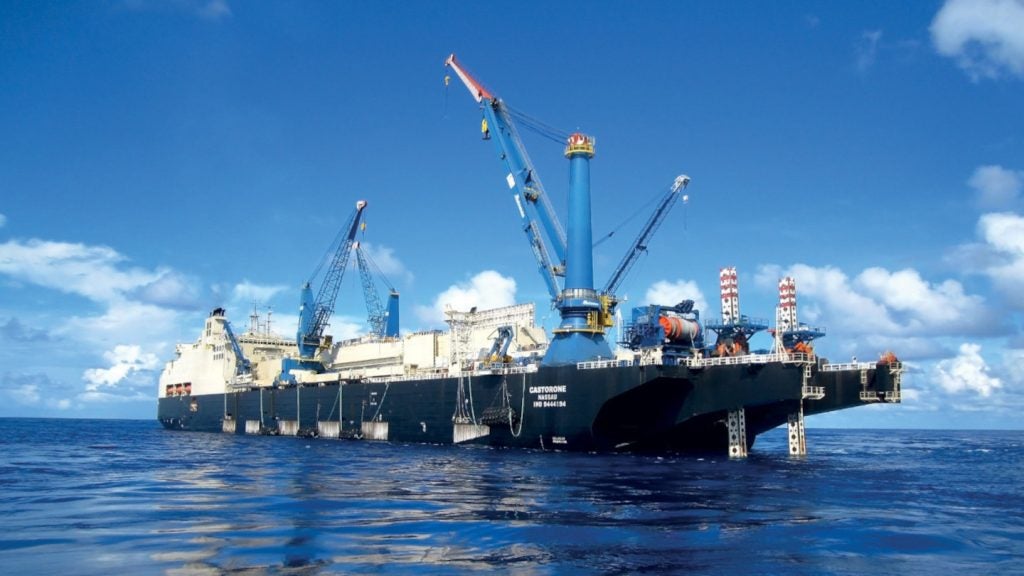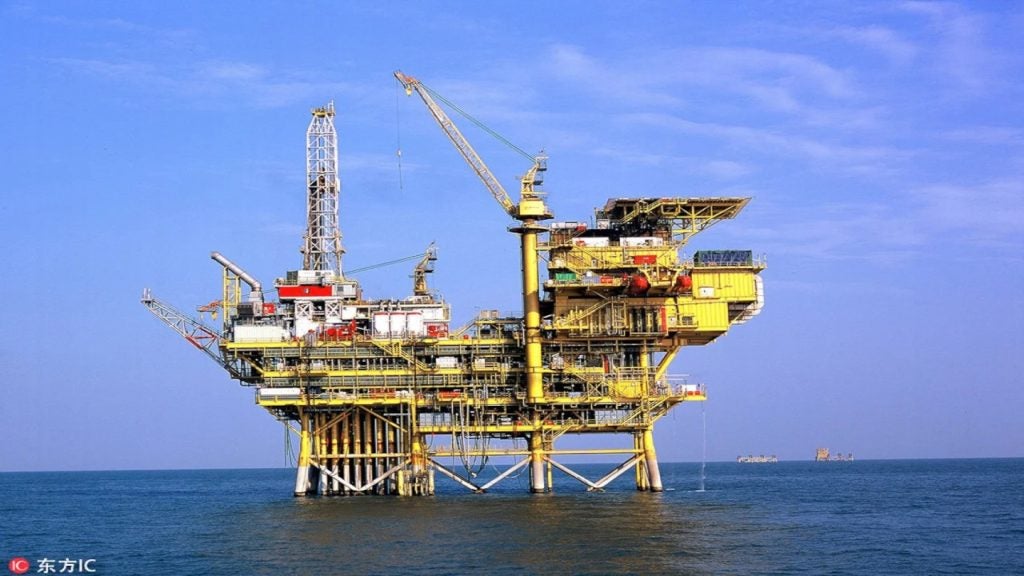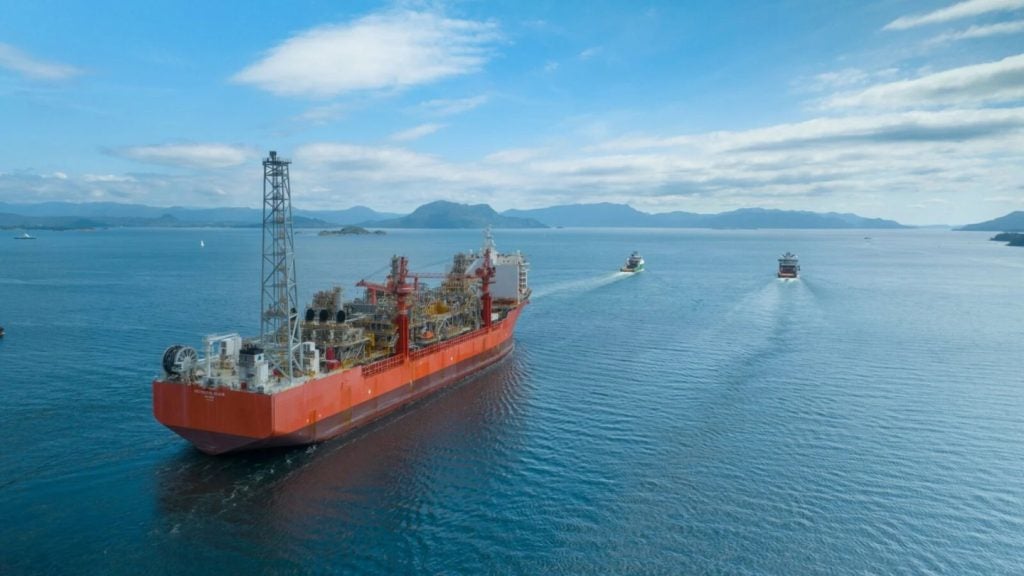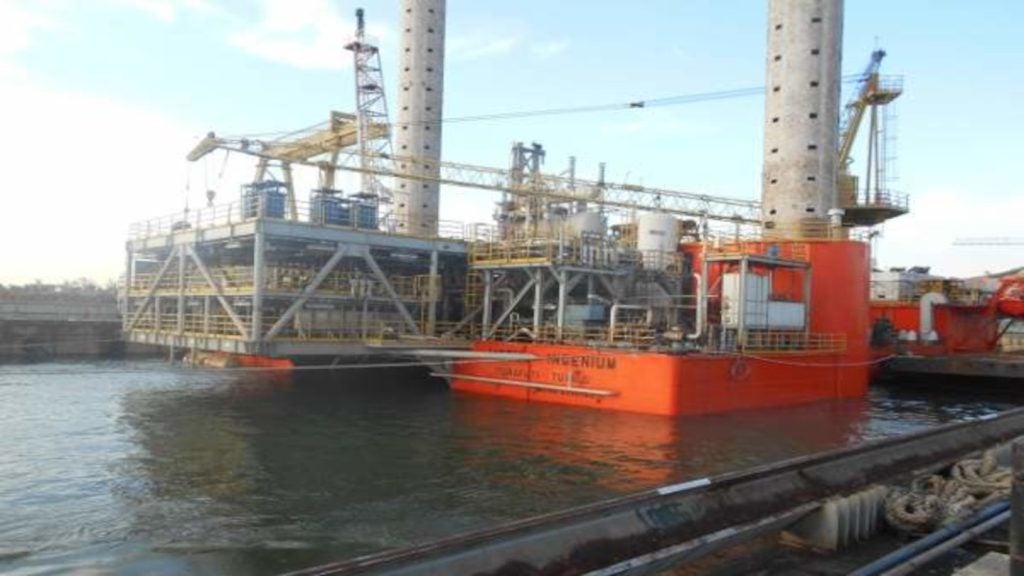Birgitta condensate and gas field is located in the UK Continental Shelf (UKCS) Block 22/19a in the central North Sea.
Situated 32km to the west of the UK-Norwegian transboundary line, the field is owned and operated by Petrogas North Sea, a subsidiary of Petrogas E&P UK.
Birgitta field discovery and appraisal details
The Birgitta field was discovered by the drilling of 22/19-1 discovery well, which intercepted a 230-inch (in) column of gas condensate in the Triassic Skagerrak Formation. The well was tested at a combined rate of 38.3 million cubic feet of gas per day (MMcfgd) and 3,750 barrels of condensate per day (bcpd).
The field will be appraised by the drilling of the Birgitta East appraisal well, located at a water depth of 90m, approximately 200km east of Peterhead, Scotland.
The well lies in the International Council for the Exploration of the Sea (ICES) rectangle 43F1 region, which primarily contains muddy sand with low fishing effort and an annual mean wave height of approximately 2.25m.
Challenges with the Birgitta field development
The Birgitta reservoir is characterised by overgrown pore-lining chlorite in the pore fabric, which reduces the pore throat sizes, leading to non-effective micro-porosity and elevated water saturation. The accurate determination of porosity and water saturation becomes a challenge in such conditions.
The Birgitta field resembles close to the high-pressure high temperature (HPHT) conditions, which pose challenges for the un-appraised field tie-backs such as infrastructure access, the uncertainty of resources and compartmentalisation risk.
Drilling of the Birgitta East well
The Birgitta East appraisal well will be drilled using Maersk Resilient, a jack-up mobile offshore drilling unit (MODU). The work is expected to be completed by April 2022.
The five sections of the well including a 36in, two 16in, a 12in and an 8 1/2in will be drilled using water-based mud, while the remaining sections will be drilled with oil-based mud of low toxicity. The cuttings from the five sections will be discharged at the drill site, while those from the remaining sections are planned to be transported ashore for proper treatment and disposal.
The appraisal well will be suspended for future re-entry, after the completion of the drilling operations. The campaign is not expected to include well testing and flaring operations. Furthermore, the hydrocarbons from the reservoir will not flow to the surface.
Maersk Resilient drilling rig details
The Maersk Resilient jack-up MODU is a 350ft-long, Gusto-engineered MSC CJ50 drilling rig suitable for harsh environments and HPHT conditions in the North Sea. The rig can operate in water depths up to 350ft and drill to a maximum depth of 30,000ft.
The drilling rig has a leg length of 479ft. It features two 80t rated deck cranes, a 12t rated knuckle boom crane, a dual-pipe handling system with offline stand building capabilities, and three Wirth 14-P-2200 single-acting triplex mud pumps which can handle high discharge pressure of 7,500psi. Maersk Resilient provides single-bed accommodation for 120 people.
Contractors involved
Petrogas North Sea initially signed a $7.6m contract with Maersk Drilling to drill an appraisal well at the Birgitta field in September 2019. The contract was cancelled in November 2020 and Maersk Drilling received compensation through a termination fee.
Maersk Drilling, however, retained an exclusive option with Petrogas for drilling the Birgitta appraisal well. An agreement was signed in December 2021 to exercise the option.

